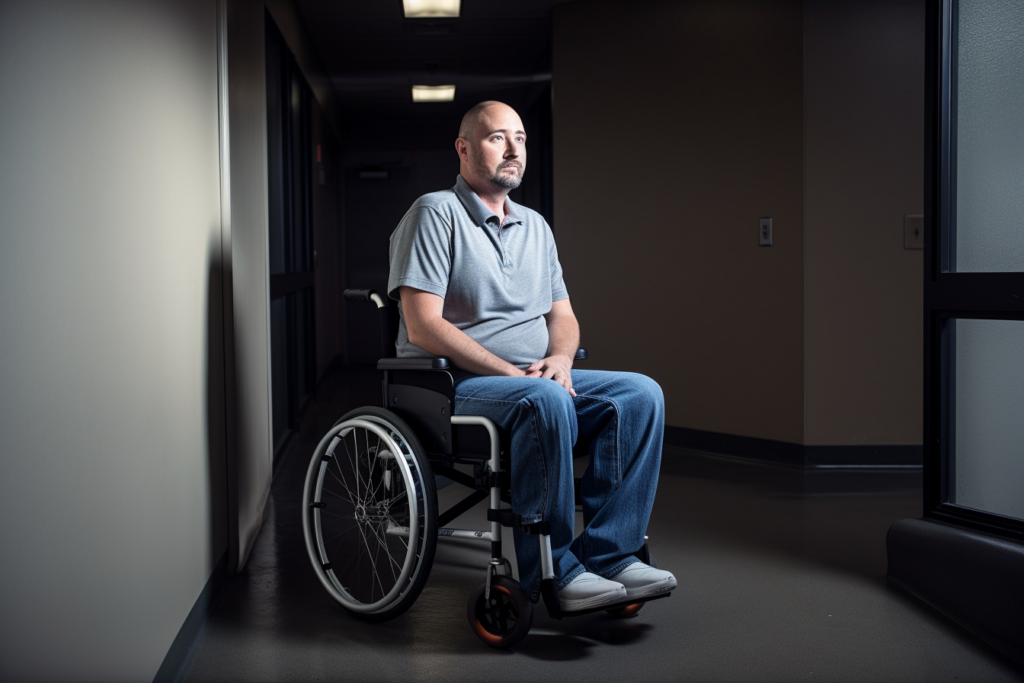The ever-evolving landscape of modern medicine offers a glimmer of hope to those grappling with debilitating neurological conditions.
Among the most promising breakthroughs, stem cell therapy emerges as a potent contender, poised to transform the lives of millions. Delving into the intricate world of regenerative medicine, we shed light on the astonishing potential of stem cell therapy, elucidating its impact on an array of neurological disorders, from the widespread menace of Alzheimer’s to the crushing burden of Parkinson’s disease.
Join us as we explore the scientific intricacies and moral quandaries of this innovative treatment, unveiling how it could potentially revolutionize our approach to brain health and reshape the future of medicine.
Alzheimer’s Disease

Alzheimer’s disease, a progressive neurodegenerative disorder, affects millions of people worldwide, robbing them of their cherished memories and cognitive abilities.
As the global population ages, the prevalence of this devastating condition continues to soar, making the quest for effective treatments all the more pressing.
Among the innovative therapeutic approaches under investigation, stem cell therapy has garnered significant attention for its potential to mitigate the symptoms and perhaps even halt the progression of Alzheimer’s.
At the core of stem cell therapy lies the concept of harnessing the regenerative capabilities of stem cells, which are undifferentiated cells capable of developing into various specialized cell types.
In the context of Alzheimer’s, researchers are particularly interested in the potential of these unique cells to differentiate into functional neurons and other brain cells, replacing the damaged or lost ones that contribute to the disease’s progression.
By replenishing the brain’s cellular composition, stem cell therapy could provide a means to restore cognitive function and improve patients’ quality of life.
Multiple Sclerosis

Multiple sclerosis (MS) is a chronic autoimmune disease that affects the central nervous system, causing a wide range of symptoms and disabilities that can severely impact a person’s quality of life.
In MS, the immune system mistakenly attacks the protective myelin sheath surrounding nerve fibers, leading to the formation of scar tissue and impaired nerve signal transmission.
Stem cell therapy has emerged as a potential therapeutic approach for MS, aiming to repair the damaged myelin, modulate the immune system, and restore lost neurological function.
Hematopoietic stem cell transplantation (HSCT) is one form of stem cell therapy that has been investigated for treating MS, with a particular focus on aggressive or treatment-resistant cases.
In HSCT, a patient’s immune system is temporarily suppressed using chemotherapy, followed by the infusion of hematopoietic stem cells collected from the patient’s own bone marrow or peripheral blood.
These stem cells then repopulate the patient’s immune system, essentially “resetting” it and reducing the likelihood of further autoimmune attacks on myelin.
Clinical trials have shown that HSCT can lead to significant reductions in disease activity and disability progression for some MS patients, particularly those with relapsing-remitting MS.
Another promising avenue in stem cell therapy for MS involves the use of mesenchymal stem cells (MSCs), which are multipotent cells found in various tissues, including bone marrow and adipose tissue.
MSCs have demonstrated the ability to differentiate into various cell types, including those that can produce myelin.
In addition to their regenerative properties, MSCs also possess potent immunomodulatory and anti-inflammatory effects, which may help curb the aberrant immune responses and inflammation associated with MS.
Preclinical studies and early-phase clinical trials have shown encouraging results, with MSC transplantation leading to improvements in neurological function and reduced disease activity in MS animal models and human patients.
Stroke

Stroke is a leading cause of death and disability worldwide, occurring when blood flow to the brain is disrupted due to either a blocked blood vessel (ischemic stroke) or a burst blood vessel (hemorrhagic stroke).
This disruption deprives brain cells of vital oxygen and nutrients, leading to their rapid death and subsequent neurological impairment.
While conventional treatments focus on restoring blood flow and minimizing the damage caused, stem cell treatment offers a novel approach to stroke recovery by harnessing the regenerative potential of stem cells to repair and regenerate the affected brain tissue.
The primary goal of stem cell therapy in stroke patients is to replace the damaged or lost neurons and other brain cells, thereby improving neurological function and aiding in the recovery process.
Human neural stem cells, derived from sources such as the patient’s own bone marrow or adipose tissue, or even induced pluripotent stem cells (iPSCs) generated from adult cells, are among the candidates being explored for stroke treatment.
Upon transplantation into the affected area, these cells have the potential to differentiate into various types of neural cells, including neurons, astrocytes, and oligodendrocytes, which can contribute to the repair of damaged brain tissue.
Read more here.
Spinal Cord Injuries

Spinal cord injuries (SCIs) can have life-altering consequences, often resulting in partial or complete loss of motor function and sensation below the level of injury.
These devastating injuries are caused by trauma, such as car accidents, falls, or sports injuries, which damage or sever the spinal cord, disrupting the neural pathways that facilitate communication between the brain and the rest of the body.
Stem cell treatments have emerged as a promising therapeutic avenue for spinal cord injuries, offering hope for repairing damaged neural tissue and restoring lost function.
The primary objective of stem cell treatment for spinal cord injuries is to facilitate the regeneration of damaged nerve tissue and to bridge the gap created by the injury, thereby re-establishing neural connections and promoting functional recovery.
To achieve this, researchers have been exploring the use of various types of stem cells, including neural stem cells, mesenchymal stem cells (MSCs), and induced pluripotent stem cells (iPSCs).
These stem cells possess the ability to differentiate into multiple neural cell types, such as neurons, oligodendrocytes, and astrocytes, which can contribute to the repair and regeneration of the injured spinal cord.
Read more here.
Parkinson’s Disease

Parkinson’s disease (PD) is a progressive neurodegenerative disorder that affects millions of people worldwide, primarily characterized by motor symptoms such as tremors, stiffness, and slowed movement.
The primary cause of these symptoms is the loss of dopamine-producing neurons in a brain region called the substantia nigra, which plays a crucial role in regulating movement.
Current treatments for PD, including medications and deep brain stimulation, can help manage symptoms, but they do not address the underlying neuronal loss.
Stem cell treatment has emerged as a potential avenue for developing more effective treatments for Parkinson’s disease, focusing on replacing the lost dopamine-producing neurons and slowing disease progression.
The primary goal of stem cell therapies for Parkinson’s disease is to restore the population of dopamine-producing neurons by transplanting stem cells capable of differentiating into these specific neuronal subtypes.
Researchers have been exploring various sources of stem cells, including embryonic stem cells (ESCs), induced pluripotent stem cells (iPSCs), and mesenchymal stem cells (MSCs).
These cells have demonstrated the potential to differentiate into dopamine-producing neurons and integrate into existing neural circuits, potentially compensating for the loss of function caused by neuronal degeneration in PD.
Read more here.
*** All content on NationalStemCellTherapy.com is for informational purposes only. All medical questions and concerns should always be consulted with your licensed healthcare provider.
